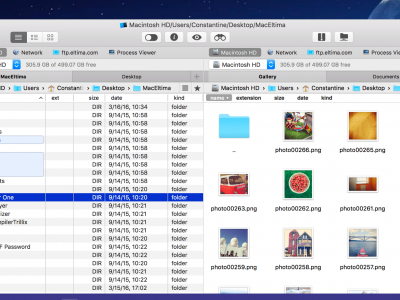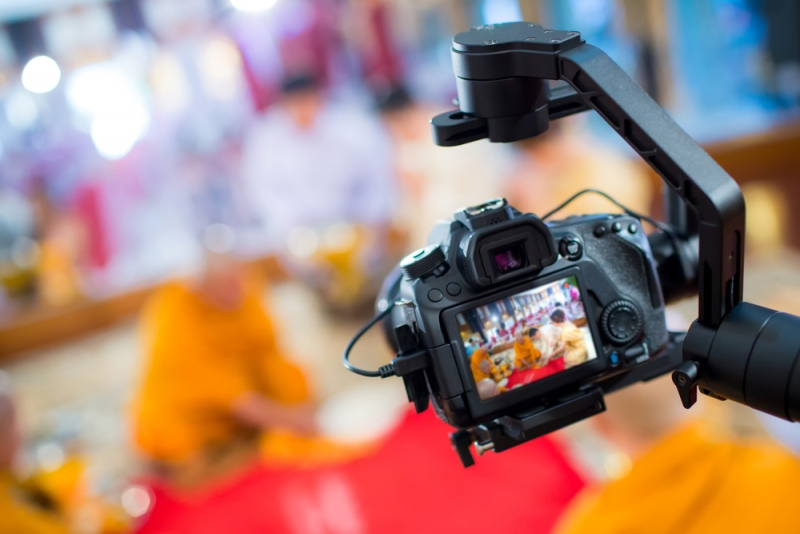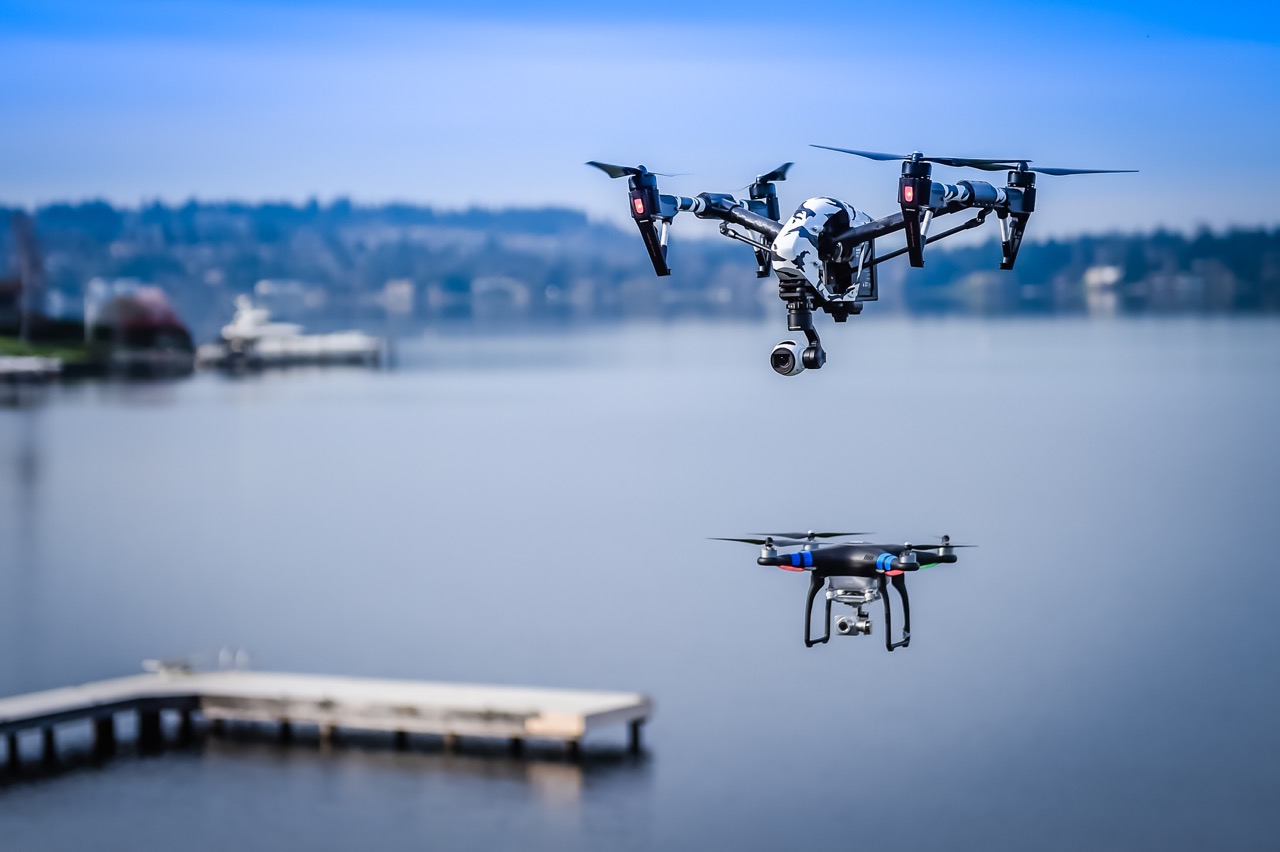The original Rebel series of cameras was Canon’s successful attempt to bring DSLR’s to entry level photographers; it was famously touted as the first ‘affordable’ DSLR camera and has enjoyed success in the market since its introduction. Since 2003 the series has been developed into a favoured choice for those wanting to begin in digital photography and is indeed a good choice for this purpose though, pending on your requirements, you may find it lacking at times. That being said it is good value for money and is certainly powerful enough for the home user and, more importantly, approachable enough for home users. Stick with TechWench as we give you the run down on the Canon Rebel T3i, marketed as the 600D in the UK and EOS Kiss X5 in Japan.

At first glance you would be forgiven for thinking that the T3i is just the T2i with an articulated screen but poke around the interface and you will soon see that there is more happening under the hood than its predecessor. The extra 6 megapixels will lead you to believe that it is a great jump in quality though the image processing has more to do with this than megapixels, the Scene Intelligent Auto mode being designed for the beginner to allow them to see the quality available in a DSLR without needing to know all the technical wizardry that the public associates with professional cameras. It is a good base camera to begin exploring the world of DSLR’s as it can be set to auto to start but gives learners plenty of scope to manually adjust their settings as you’d expect.
The T3i is also finding acceptance as a cheap, high quality video camera, swiftly becoming the weapon of choice for independent filmmakers for its crisp footage and wide colour range. Filming in Full-HD with adjustable framerates and a new digital zoom function (3-10x) though you may find yourself using the digital zoom less than you think except to check focus if recording video. A video snapshot mode, brought in from Canon’s range of camcorders, allows the user to limit the recording time to 2,4 or 8 second clips with a view to stitching them together in the camera after recording in the belief that short takes are more interesting, again a good inclusion for the entry level users though less useful to the professional buyer. As with most DSLR’s there is a lack of continuous autofocus whilst filming meaning the operator must track or manually focus the scene during filming, but this is a punch you roll with when using DSLR’s for recording video. As is the rolling shutter you will discover when panning the camera at any considerable place making this not the greatest camera for visual effects work but more than ample for short filming projects. If you plan to use this for keying or green screen work then be sure to dial in the pre-processing filters as you may get some pretty noisy edges as the camera pulls the image to impress the viewer.
In appearance the T3i is not such a far cry from the T2i, the main differences being ever so slightly larger to accommodate the larger articulated screen and the thumbgrip on the T3i has become more channelled and pronounced than the T2i to thwart accidental button pressing and to improve grip. As discussed earlier there is more happening behind the lens in this model though it still keeps the APS-C CMOS sensor showing that all the differences are in the image processing not image acquisition with this camera. This becomes more pronounced with the introduction of ‘Creative Filters’ which can be applied in post, again showing how this camera is aimed at the entry level photographer looking for a visually impressive image not a technically accurate one.
For this reviewer the camera is well worth the price ($650 on Amazon, inc. kit lens) if you are planning to use it for photography as it is approachable enough from the complete beginners (especially so with the introduction of the feature guide which walks the user through the camera) point of view to deliver some stunning images which will fool your friends into thinking that you’re a hidden gem of a photographer. However when you start using it as a filming tool its shortcomings can make themselves apparent, especially when attempting motion shots or getting clean footage for special effects work. This camera will suit you if you are a student photographer/videographer looking for a professional look to your photographs/films but as you grow in your career you will want something with more scope for add ons and less by way of onboard processing. For home/family use this camera will match your needs superbly and will give you some photos your family will come to cherish.










Comments